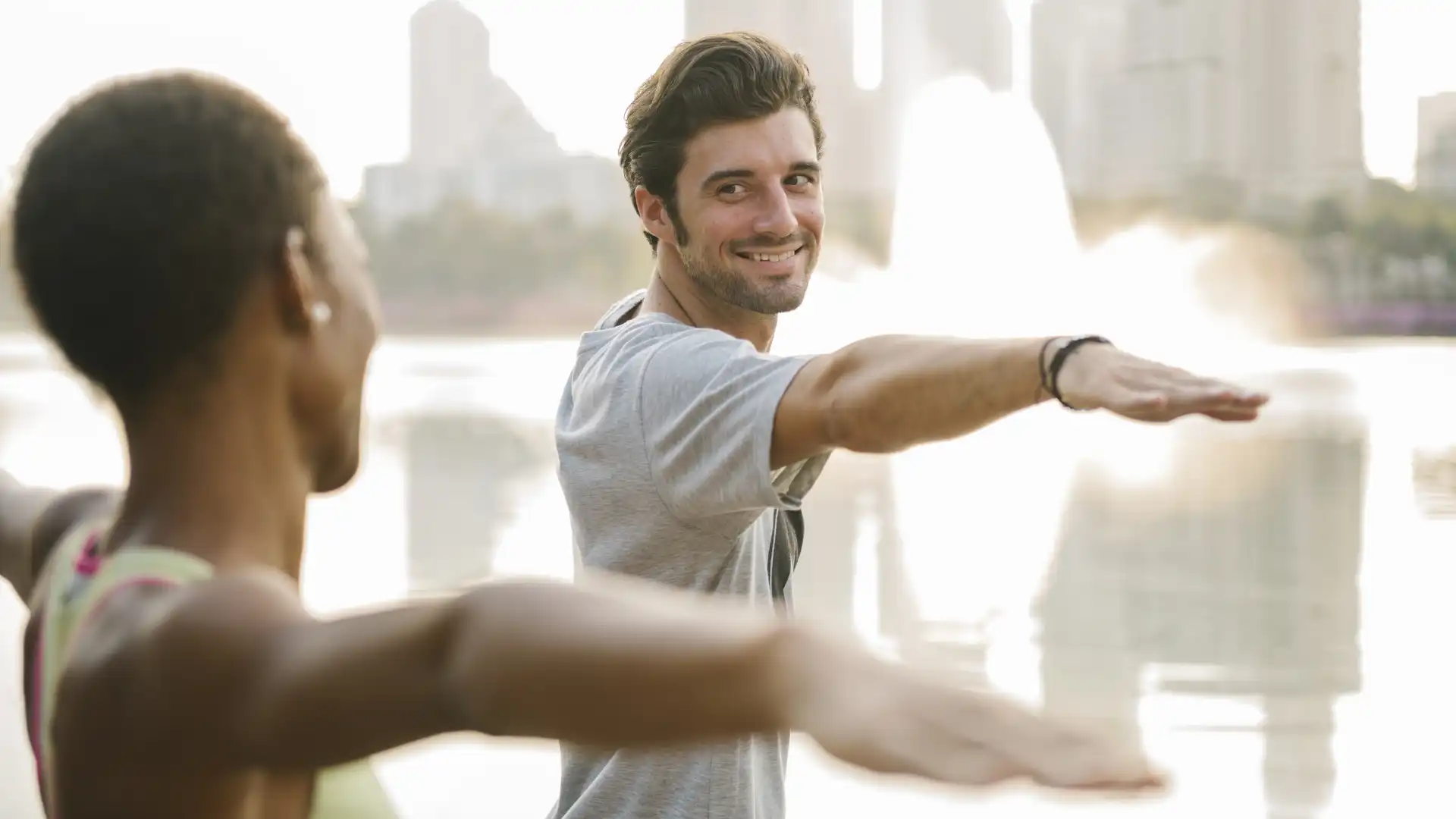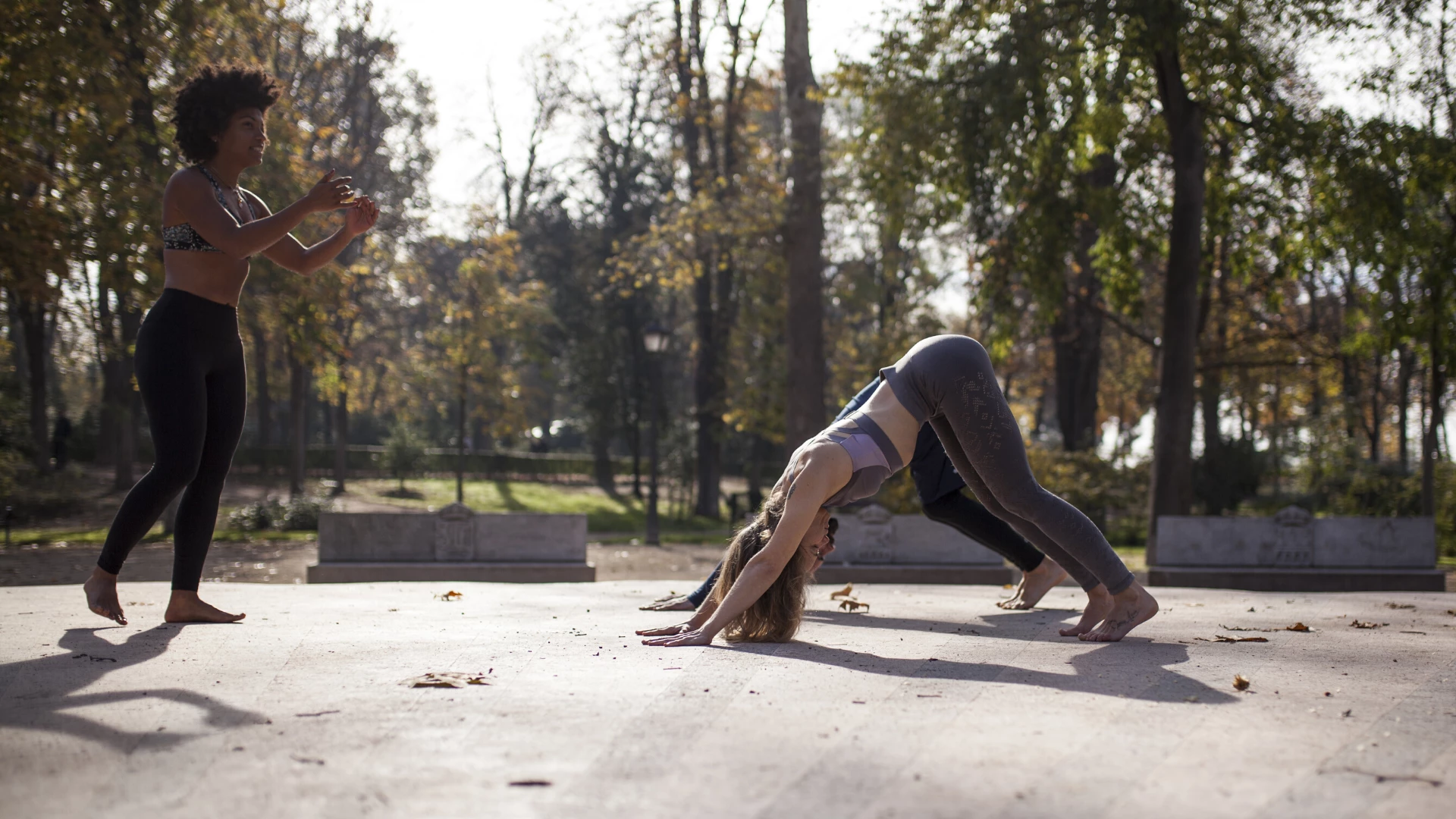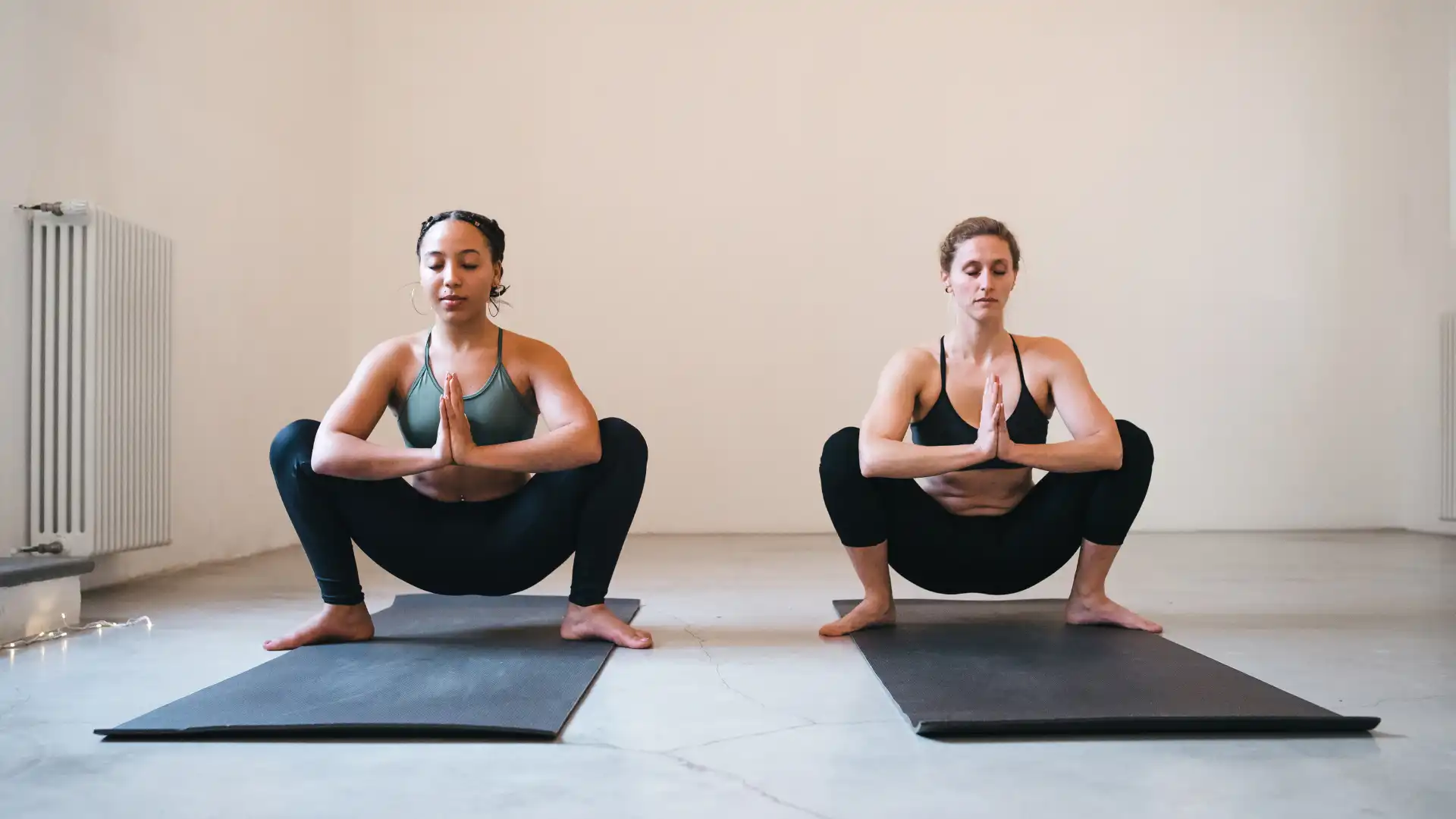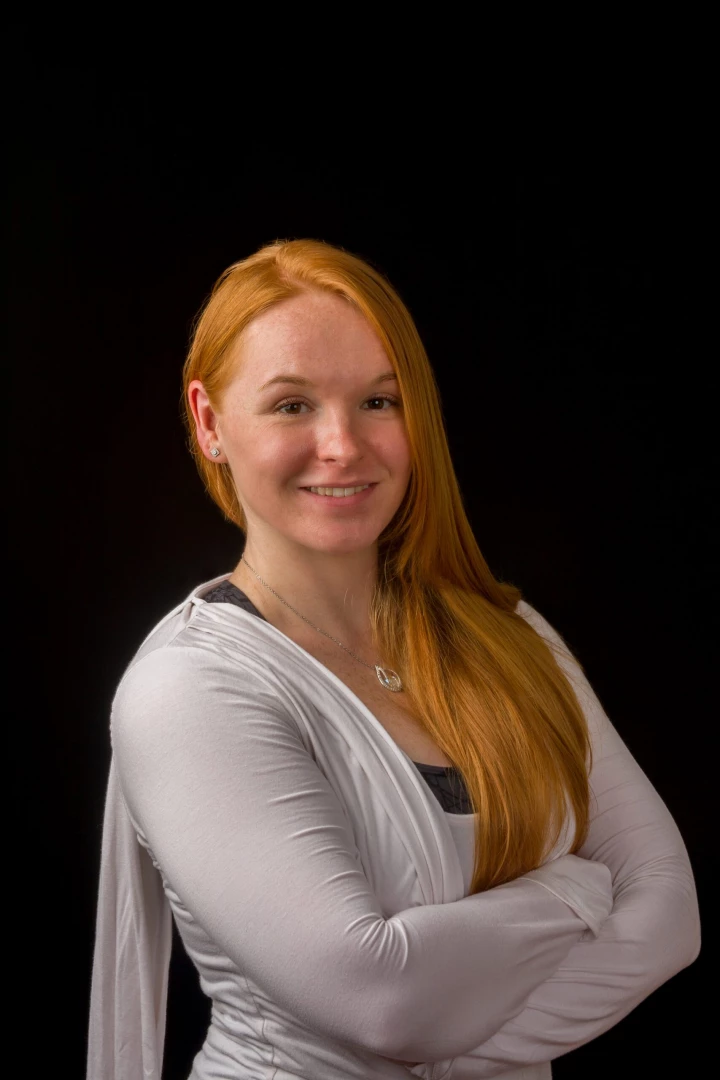The Role of Language in Yoga Teaching: Embodying Lightness in Your Yoga Classes

Language is a powerful tool. As yoga teachers, we use words to communicate a variety of messages, including philosophy, relaxation, and yoga asana (postures).
When we teach asana, we usually speak using literal language such as “lift your arms and bend at your hips and knees into Utkatasana (Fierce or Chair Pose)” or figurative language “reach your arms up as if you were holding onto a tree branch, and sit your hips back as if you were going to sit in a chair, Utkatasana.”
If our purpose is to create lightness in our class, we can use our language to make teaching asana feel lighter. It’s quite an experience as a teacher to offer students the opportunity to embody lightness.
Why Create A Sense of Lightness?
The technical aspect of yoga asana provides direction—a purposeful movement of energy—as it builds inner awareness.
As teachers, we can offer a technical approach, but we can also provide our students with an experience that is much more challenging to replicate than a specialized experience. We can allude to lightness thematically by expressing the need to shed layers to experience the bliss body.
The idea of letting go can suggest unburdening ourselves from thoughts and pent-up tension that weighs us down. Using poetic language can further enhance your efforts to communicate a quality of lightness to your students.

Testing Figurative Language
There are many ways to teach asana in a way that develops a sense of lightness. You can use similes (comparing two different things using “like” or “as”). You can use metaphors (comparing two different things as if one thing were the other) and hyperbole (exaggerated statements).
Figurative language asks your students to go beyond what is immediately present or known and to use their senses in an entirely unique way. Instead of saying “lengthen your spine in Warrior II,” try “make your upper body as light as a feather.”
Can you perceive a difference if you cue these to yourself?
How about “floating” your leg up into Adho Mukha Vrksasana (Handstand Pose) as opposed to “kicking” your leg up into a Handstand?
In a backbend, you can exaggerate thoracic extension by focusing on making your heart incredibly light as if to send it toward the heavens.
I find it useful to write out some cues that I would use for a pose and then rewrite them using figurative language that exudes a quality of lightness.

Language Nuggets
Dropping a multitude of language nuggets helps to maintain the theme of lightness throughout your practice. So whether you are giving a physical cue, talking about the breath, or revisiting your philosophy talk, using specific words that correspond to the experience of teaching lightness in asana will prove to be effective in your teaching.
A thesaurus is an excellent resource to find an abundant vocabulary related to your theme. Think of locations and objects that exhibit qualities of lightness. The sky has a lighter quality than the earth that registers grounding and water that conveys fluidity. Some synonyms for “sky” are “air,” “heavens,” “celestial body,” “celestial city,” “atmosphere,” and “airspace.”
For this location, you can cue raise your leg up to the heavens, lift your head to the atmosphere, reach your arms up to the stars above, etc. I will write these words out over the top of my sequence as a reminder to include them in my language without scripting out precisely what I will say so that the language is created organically.
Creating a language that supports an experience that you are trying to offer to your students is a powerful instrument in your teaching repertoire.
Even in a class full of poses that are grounding, you can counterbalance their heavy physical caliber with qualities of lightness through your choice of language. Any asana can be taught through the lens of lightness.
 Allison Jeraci, E-RYT 500, RPYT, is a vinyasa-based yoga teacher, fascinated by the intricate relationship between the mind and body. She offers a range of alignment-focused classes touching on anatomy, philosophy, and creative propping with a mindful approach. In addition to teaching group classes and managing the Yoga Culture studio in Danbury, CT, she also teaches at Open Door Family Medical Center in Westchester, NY, empowering mothers-to-be with prenatal yoga classes and childbirth education. You can find her @allisonschleck on Instagram and www.allisonrayjeraci.com.
Allison Jeraci, E-RYT 500, RPYT, is a vinyasa-based yoga teacher, fascinated by the intricate relationship between the mind and body. She offers a range of alignment-focused classes touching on anatomy, philosophy, and creative propping with a mindful approach. In addition to teaching group classes and managing the Yoga Culture studio in Danbury, CT, she also teaches at Open Door Family Medical Center in Westchester, NY, empowering mothers-to-be with prenatal yoga classes and childbirth education. You can find her @allisonschleck on Instagram and www.allisonrayjeraci.com.


